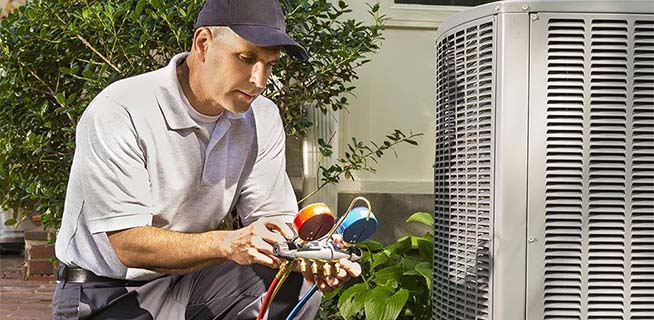
Your Ultimate Resource Hub For HVAC, Electrical, and Plumbing Businesses
Elevate and educate your employees by utilizing our free resources. Our HVAC/Indoor Air Quality (IAQ) and Plumbing glossaries make looking up key terms and definitions a breeze. Simply click on the glossary below and you can search or filter by letter to find the word and definition you are looking for.We also have an eBook Library that will help your business understand the benefits of running your business in the cloud, help you increase top-line revenue by digitizing your business, and provide guidance on how to choose the right field service management software program for your business.
-
Plumbing Glossary
Common Plumbing Terms
Read More -
eBook Library
Resources to help your business get the most out of your business software
Read More -
Choosing the Right CRM
Selecting a new HVAC software, electrical software, or plumbing software can be challenging. Let us help make the decision easier.
Read More


